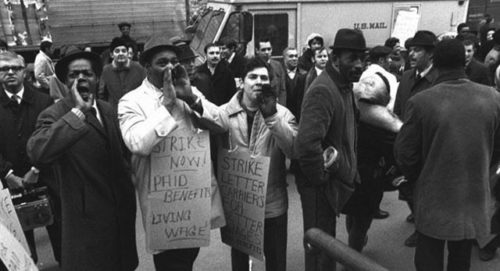So, many of us already know that the concept of ‘generations’ is just something marketing agencies cooked up to better sell products and services. Companies needed to understand broad trends. Trends tend to vary by age. Then, toss in some science and buzzwords. Stir. Out comes ‘Baby Boomers,’ ‘Millennials,’ and so on.
But companies also use this wicked troll to sell business ideology. And they do it through creating those fun little listicles. Here’s a link to one that I’ll use as my starting point for this one.
Let’s suppose you’re a manager of Millennial workers, and they’re catching on to your bullshit. What can you do about it?




